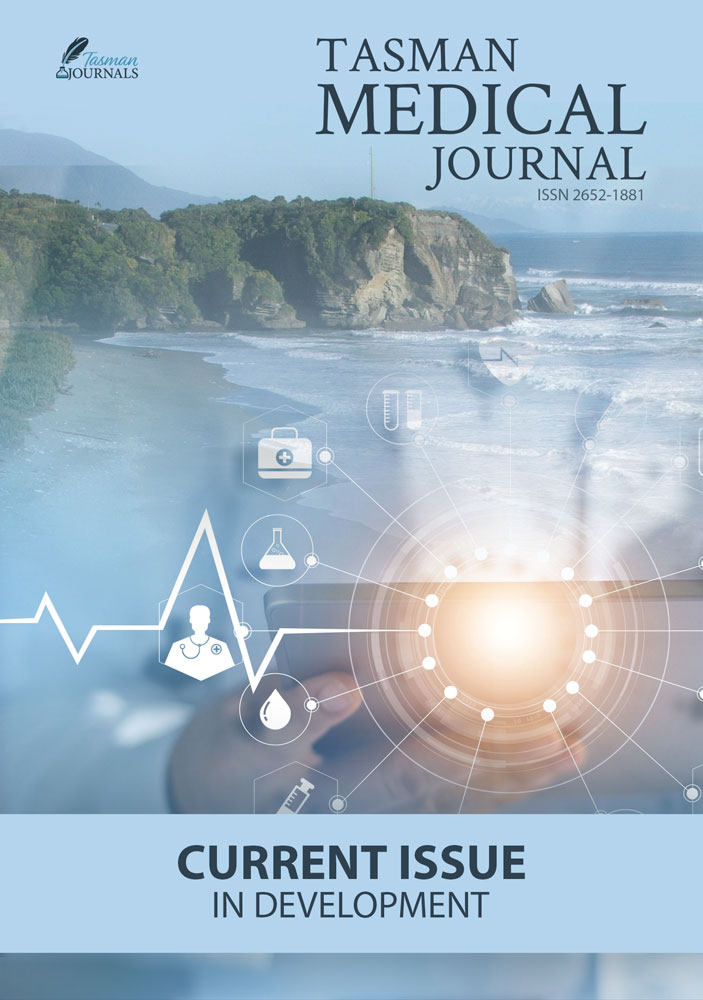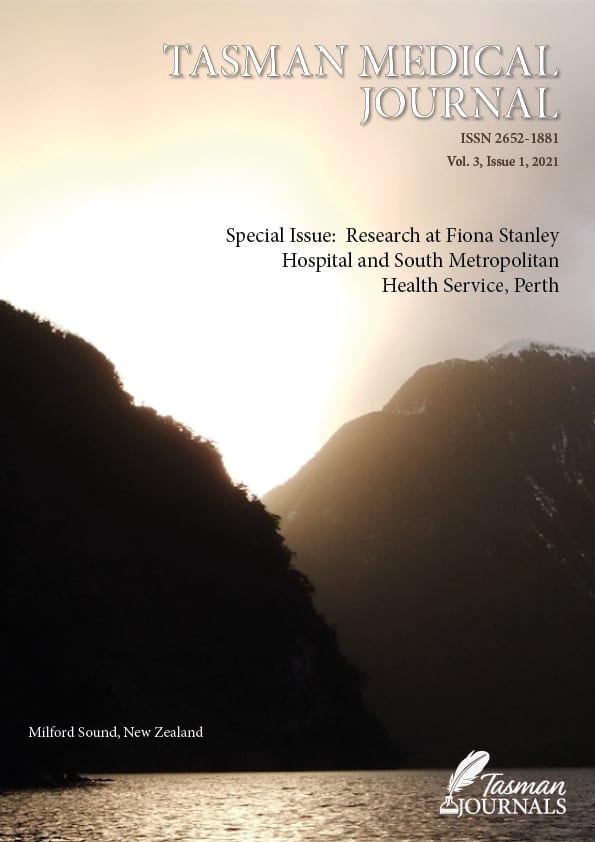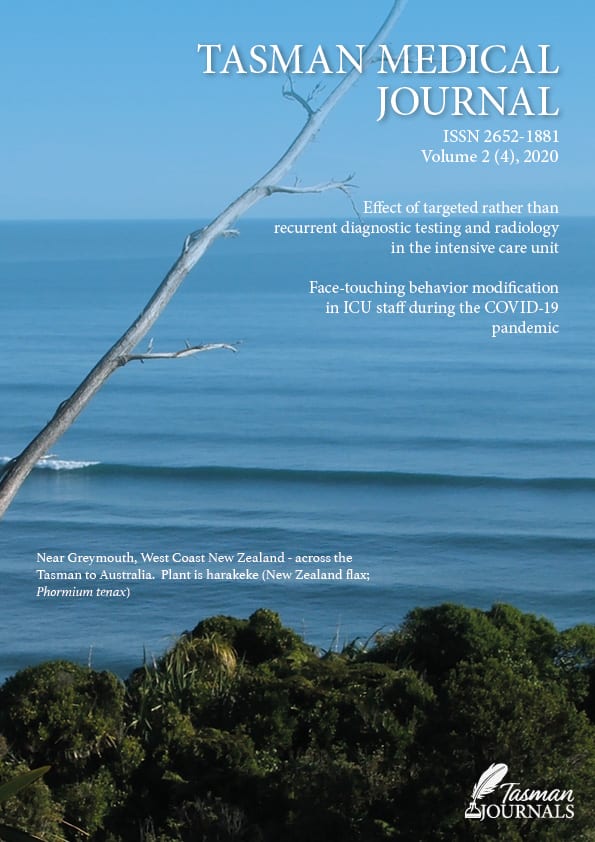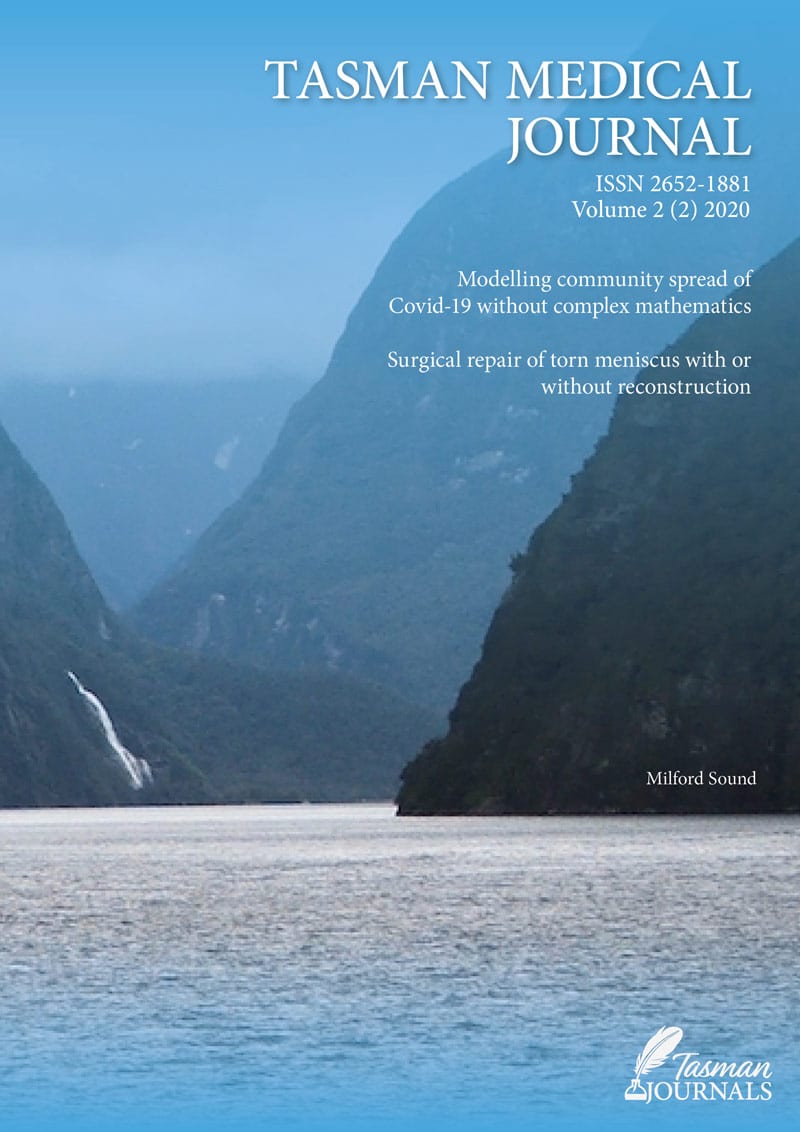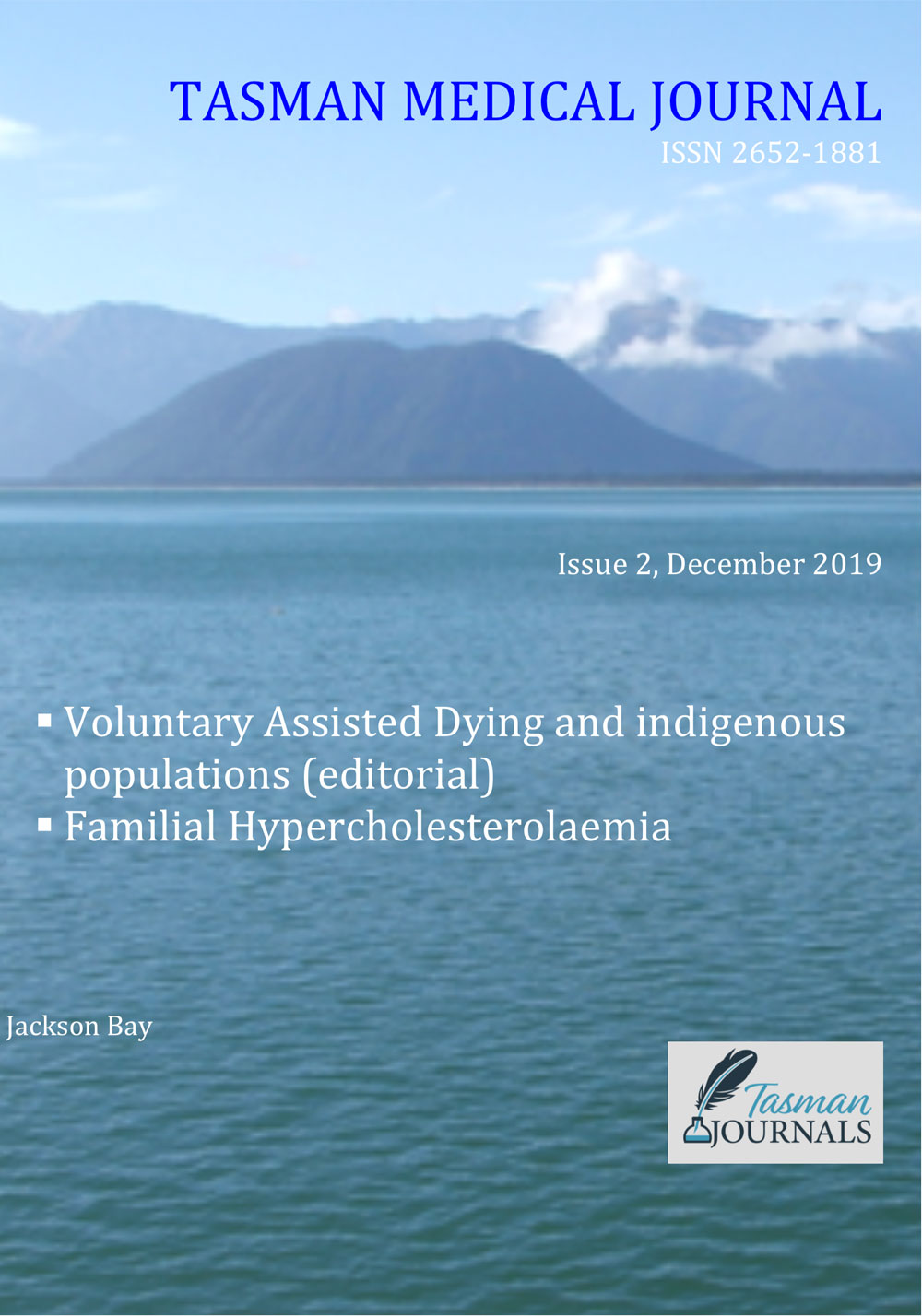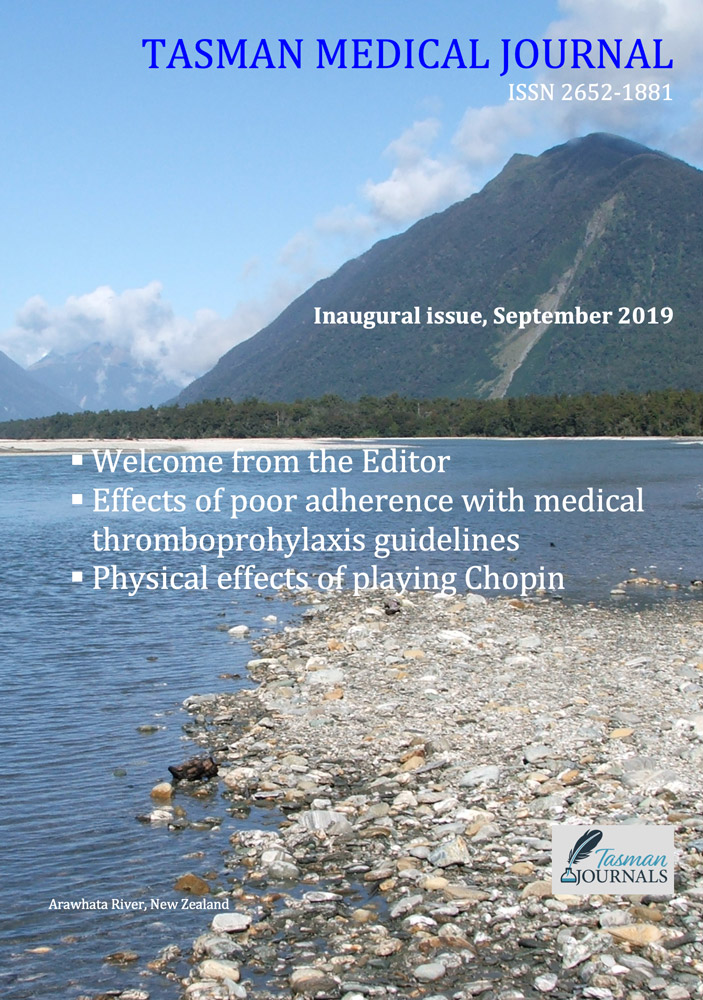The acronym PFAS stands for per- or polyfluoroalkyl substances, as defined in a previous TMJ blog.1 The main concerns are their extreme chemical stability leading to lack of decomposition if they contaminate waterways or solid waste, and the potential but as yet not fully defined health hazard of human and animal exposure. Through government action dating especially since 2016, PFAS use has been scaled back in those areas of activity where most leaching into the environment occurred, namely in fire-retardants and cleansers used mainly in military bases. However, they remain in everyday objects, including allegedly “compostable” takeaway food containers and plastic bags,2 and therefore continue to enter soil and waterways. The question being posed here relates to the nature of public access to information on these compounds, including which body is responsible for the information, and in particular whether internet websites facilitate or inhibit its desired transfer. In Australia, regulation of importation and use is the responsibility of the Australian Industrial Chemical Introduction Scheme (AICIS) created by the Industrial Chemicals Act 2019, whereas general policy including environmental protection falls within the “PFAS Taskforce”3 which is a front for a “whole of government” approach to the problem and dissemination of PFAS knowledge.
From 2018, the Australian government has taken PFAS contamination and potential health hazard seriously. It entered into international agreements and an intergovernmental agreement with Australian States and Territories. Property owners who had the misfortune to live near contaminated sites and whose properties became worthless have received compensation. Research into avoidance and remediation was commissioned through the National Health and Medical Research Council and the Australian Research Council, and with the Australian National University. Application of PFAS in high risk goods (particularly firefighting material and chemicals used by the Defence Force) were limited or banned. Presence in waterways and in food were measured and shown to be very low, studies on health effects were commissioned, and mental health services were expanded in the area. The history of the PFAS Taskforce is recorded below.
In 2018, the Government tabled a Parliamentary Report entitled Inquiry into the management of PFAS contamination in and around Defence bases. The report4 reflected concerns that PFAS leaching into the environment was a potentially catastrophic threat to community health and was damaging property values and marketability. It recommended that there should be “…appointment of a Coordinator-General to coordinate the national response to the PFAS contamination issue”. The Government agreed with the notion of national co-ordination, but believed5 “…that the substance of the Committee’s recommendation is being, or can be delivered through existing structures and agreements”. In other words, the government preferred a “whole of government” approach co-ordinated by the Taskforce.5
The response5 also reported (apparently for the first time) that: “…The Australian Government PFAS Taskforce was established in December 2016, within the Department of the Prime Minister and Cabinet, in recognition of the need for strong coordination across the multiple portfolios and different levels of government involved in responding to PFAS contamination. In April 2018, the PFAS Taskforce was transferred to the Department of the Environment and Energy, where it continues to operate effectively. The role of the Taskforce, as determined by the Prime Minister, is to provide oversight and coordination of Australian Government responses to PFAS contamination. To achieve this, the Taskforce
• oversees implementation and review of the Intergovernmental Agreement on a National Framework for Responding to PFAS Contamination;
• provides advice to the Australian Government on PFAS management approaches;
• reports regularly to the Prime Minister and other relevant Ministers on progress of Australian Government responses to PFAS contamination, an
• coordinates inter-agency communication, action, and information sharing (across all jurisdictions) on PFAS matters, as needed…Much of the work of the PFAS Taskforce has been behind-the-scenes, with community engagement on PFAS contamination being undertaken by individual agencies as relevant…The PFAS.gov.au website is administered by the PFAS Taskforce and has been established as a central portal for PFAS information. The website provides links to PFAS information on Commonwealth, state and territory government agency websites, as well as links to relevant international sites. The website provides easy access to general information on PFAS, site investigation and management updates, and national and international guidance. It also provides a contact form for enquiries to the PFAS Taskforce.”
An electronic search on the term “PFAS in Australia” in June 2023 returned as the top three sites (1) the PFAS Taskforce website as above, which does not recount this history; (2) a map of PFAS-contaminated sites6 in Australia produced in collaboration with Friends of the Earth and (3) A PFAS Health Study, allegedly the final study result but the URL link to the Australian National University failed to deliver the study results. It appears the study fell victim to the COVID pandemic and was not completed. However, a part report (“Component 2”, which is undefined) has been published.7
It is odd that in its 2018 response to the report, the Government should refer to a Taskforce it claimed to have established 2 years earlier. No web source describing the formation of the Taskforce or its activities between 2016 and 2018 could be found. The Taskforce home page carries a government (not a departmental) banner. The title PFAS TASKFORCE is at the bottom of the page, in isolation. The site can be navigated either by proceeding along the pages listed along a top menu (Home, About PFAS, Government action, Advice, News, Media Centre) or by delving into the composite links on the Home Page, which displays two questions (About PFAS, How might PFAS affect us?) plus an invitation to engage with the site as one of 6 categories of readers (Community member, Health professional, Policy maker, Regulator, Business, Researcher). Each exploratory route involves multiple links to secondary websites that themselves require to be navigated vie tertiary or even higher order sites. Thus the total number of relevant websites branching from the parent Taskforce site is difficult to quantify, but I counted 102 secondary links. Specific external websites (about one third) are duplicated across the pages, and internal links are common. Several links were inoperative. Most site pages carry a publication date of 2019, except for links within the “News” page which are indeed more recent. The links are often to annual or other reports (or series of reports) of policies and projects undertaken by several ministries or state environmental authorities (alone or under a joint banner). These multiple reports include long-winded introductions about PFAS and long descriptions of projects, opinions and conclusions.
Thus PFAS information in Australia is made available via a government website which over-employs the common technique of quoting external links. This makes searching for answers to specific questions time-consuming, tedious and mostly unsuccessful, partly because many links are dead ends. This criticism has wide application to other websites and is a general and major problem associated with access to web-based information: in effect the only way available. The psychological underpinning of accessing internet-based knowledge remains to be fully explored.8-11 One obvious shortcoming lies in the contrast between the exclusive use of URL links to other websites with minimal explanation, and the traditional method in scientific journals of describing facts or hypotheses that are then justified by one or more citations (as here). The web-based system of links is user-unfriendly since it entails constant and irritating skipping from one website to another instead of reading a logical summary account in a single document. It appears that the Government’s hope of providing “easy access to general information on PFAS, site investigation and management updates, and national and international guidance” has not been met in spite of good intentions.
It is reasonable to expect a website entitled the PFAS Taskforce to define the nature of the Taskforce, but relevant information is missing. For example:
- By what process was the PFAS Taskforce established? The 2018 report describes establishment within the Department of Prime Minister and Cabinet, but I could find no record of any announcement or other documentation to support that statement. In fact, enquiry by search engine fails to find any reference to the Taskforce and its work between 2016 and 2018. Possibly there is a mention in Cabinet minutes, discoverable in 2046.
- What is the structure of the Taskforce, how does it go about its business, and what are its formal Terms of Reference? Is it an advisory committee such as (say) the Pharmaceutical Benefits Advisory Committee (whose membership is announced) or is it simply a potential aggregation of government Departments that meets as required? If an advisory committee, who are the members of the Taskforce and how often do they meet? Are minutes taken? If so, why are they not included in the PFAS website?
The Taskforce has a health advisory committee, but the advisors are not named on its website. The original advisors were named by the Health Department in 2019.12 The industrial chemicals regulator (AICIS) is mentioned once, in the Taskforce page on regulatory guidance, but how the regulator interacts with the Taskforce is unclear. One assumes that a single department acts as the Taskforce co-ordinator. The most likely Department in this respect is the Department of Climate Change, Energy, the Environment and Water, the successor to the Department of the Environment and Energy, which inherited the Taskforce from the Department of Prime Minister and Cabinet. DCEEW’s home page lists portfolio websites and one such is the ‘PFAS Australian Information Portal’, which links to the Taskforce website. Presumably, this Department includes the public servants who deal with general PFAS matters and co-ordinate the “whole of Government” approach.
The reason for the government’s coyness over the PFAS Taskforce is uncertain. The title implies urgency but several PFAS-related websites have not been updated for 4 years. The Taskforce may have a diminishing workload given the extent of initial achievements listed above, but the suggestion of urgency may now be misleading. I suggest that the Taskforce would benefit from a change of name and full disclosure of its structure and function.
More radical environmental organisations appear unsatisfied with Taskforce achievements. In publishing the map of PFAS-contaminated sites, Friends of the Earth say “PFAS chemicals have been linked to a number of diseases, yet the Australian Government stubbornly refuses to end the use of PFAS chemicals in Australia, even after they have been banned overseas.” The last general statement in fact applies to very few jurisdictions, though their number may increase. FOE also describe PFAS as the “next asbestos”, though it is clear that PFAS have not to date been associated with serious illness in humans in the way that asbestos frequently causes fatal mesothelioma.
Two mainstream organisations have made constructive comments. The Waste Management and Resource Recovery Association of Australia, in a submission13 arising during public consultation over the current Draft PFAS National Environmental Management Plan (NEMP) Version 3.0, states as follows: “…we remain deeply concerned that PFAS remains prevalent in the broader Australian community, with little to no awareness of this fact… PFAS continues to be present in a range of everyday household items, including microwaveable popcorn bags, pizza boxes, aerosols, and non-stick cookware and embedded in many consumer goods and commercial products… Whilst this uncertainty about PFAS exists, and the Australian government (at all levels) fails to take action on the ongoing availability of this material to the community, the waste and resource recovery sector is at a loss to understand why the continued focus on this material at end of pipe and not across the entire supply chain…Urgent consideration needs to be given to preventing PFAS from being included in the waste stream… WMRR continues to call on the federal government to prioritise a national phase-out of Persistent Organic Pollutants (POPs), starting with PFAS, by banning the use of these substances as raw materials in products in the first instance….” The final comment now comes within the regulatory function of AICIS. The Australian Organics Recycling Association (AORA) has made a similar submission. Both groups are suggesting that continued emphasis on preventing environmental contamination without reducing the supply of PFAS in imported goods is inadequate, and this seems reasonable.
In summary, the fundamental messages relating to PFAS and progress to prevent their environmental accumulation remain vague. This arises from various shortcomings in the websites carrying the information and the nature of the structure of the internet, particularly the dependency on URL links. An improvement to the Taskforce website would be the addition of a simple prose summary statement on PFAS under relevant headings, describing what the Taskforce has achieved, and current government policies in this field.


